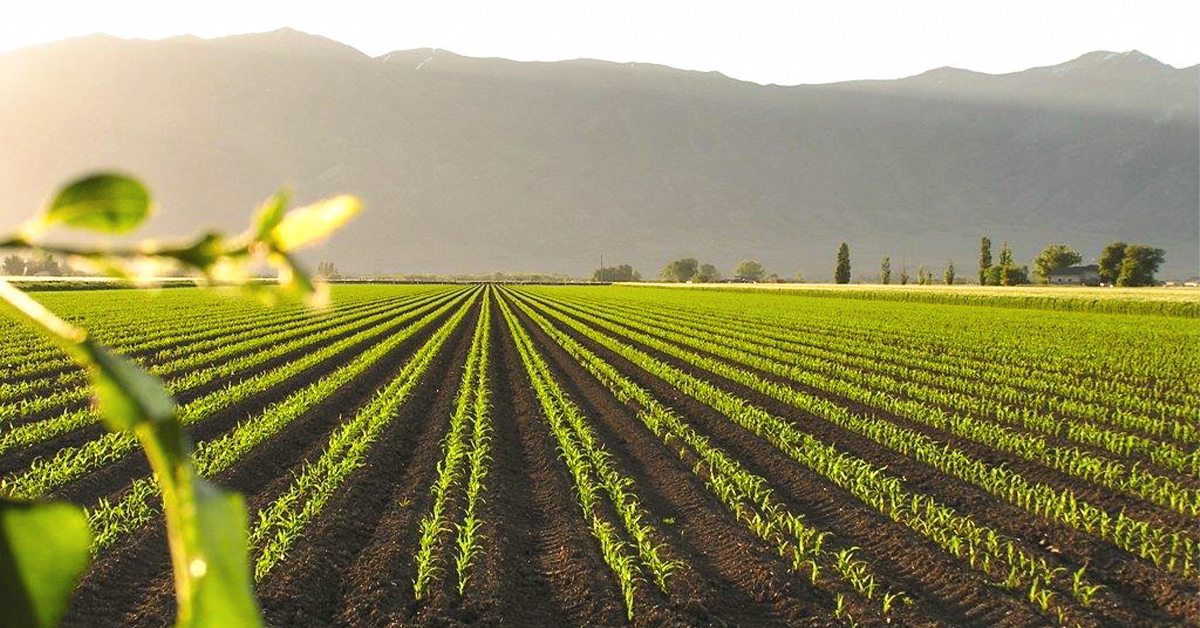
As growers make crop fertility decisions, addressing Potassium levels is crucial for plant health and producing record crops since the “Law of the Minimum” from Justice von Liebig states that when just one of the 17 essential nutrients is deficient, it will negatively affect yield potential even when all others are in abundant supply.
An Essential Macronutrient
Potassium (K) is one of three macronutrients, along with nitrogen and phosphorus, that plants require in the highest levels.
Potassium is an immobile nutrient in the soil, meaning that it doesn’t move freely through the soil profile. As plant roots remove potassium from soil solution, the process of diffusion takes place where exchangeable potassium on the cation exchange complex moves back into the soil solution to replace what was taken up by the plant’s roots.
The Regulator Nutrient
Potassium is referred to as the regulator nutrient since it is involved in the activation of 60+ enzymes processes affecting such things as drought resistance, disease resistance and efficiency of nitrogen uptake.
Potassium serves as a regulator nutrient that aids in photosynthesis, improves water use efficiency of the plant through regulation of stomatal openings, and helps the plants resist disease and pests. Additionally, potassium promotes strong stems and stalks, which reduce the incidence of lodging.
Key Benefits of Potassium
Adequate potassium fertilization strengthens the cell wall of plants making it more difficult for disease organisms to infect the plant. Stronger cell walls also decrease the incidence of lodging in corn by making a stronger more stable stalk for the plant.
Perhaps one of the most well-known benefits is the influence that potassium has on a plant’s stomata cells. The stomata openings become smaller with adequate potassium present. It allows less water to escape and keeps water pressure in the cell at higher levels, which helps the plant with drought and disease resistance. Because potassium is immobile, dry conditions, which limit root growth will induce a potassium deficiency.
Signs of Deficiency
Deficiency symptoms first appear on the older leaves as potassium is mobile within the plant. There will be a yellowing or a scorching along the leaf margin.
In Crops
Most potassium is stored in the residue or straw of the crop, so it's availability for the next crop is concerning, especially in forage crops such as alfalfa and corn silage, which experience high removal rates.
Corn
Corn takes up more potassium than any other nutrient. The majority of this remains in the stover, but almost 47 lbs K2O/ac are removed in the grain portion of a 175 bu/ac crop.
Alfalfa
In alfalfa, the benefits of adequate potassium lead to:
- Increased number of shoots per plant
- Enhanced nitrogen gas fixation
- Greater stand-survival persistence against weeds and winter kill
Alfalfa pulls most of its potassium from the surface soil. Deficiencies are usually characterized by small white or yellowish spots around the outer edge of the leaves and are most prevalent where sandy soils predominate, low potassium irrigation water is used, or there is a history of long-term, high-yielding alfalfa production.
Potassium Fertilizer
Muriate of potash (MOP) is the most commonly used fertilizer to address potassium requirements in crops. As part of a balanced fertility program, MOP will help to meet potassium needs for both alfalfa and corn crops while helping growers achieve higher yielding crops this growing season.
If you have any questions associated with potash fertility and your farm, please reach out to your local IFA Certified Crop Advisor.
Discover IFA's Agronomy Services
Written by J.A. Beall, Intrepid Potash, on behalf of IFA Agronomy, and originally published in the IFA Cooperator magazine (vol. 85, no. 1) Spring 2019.

